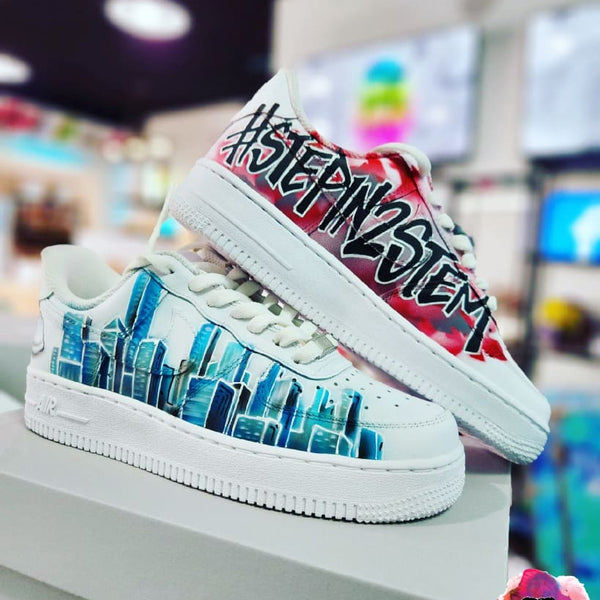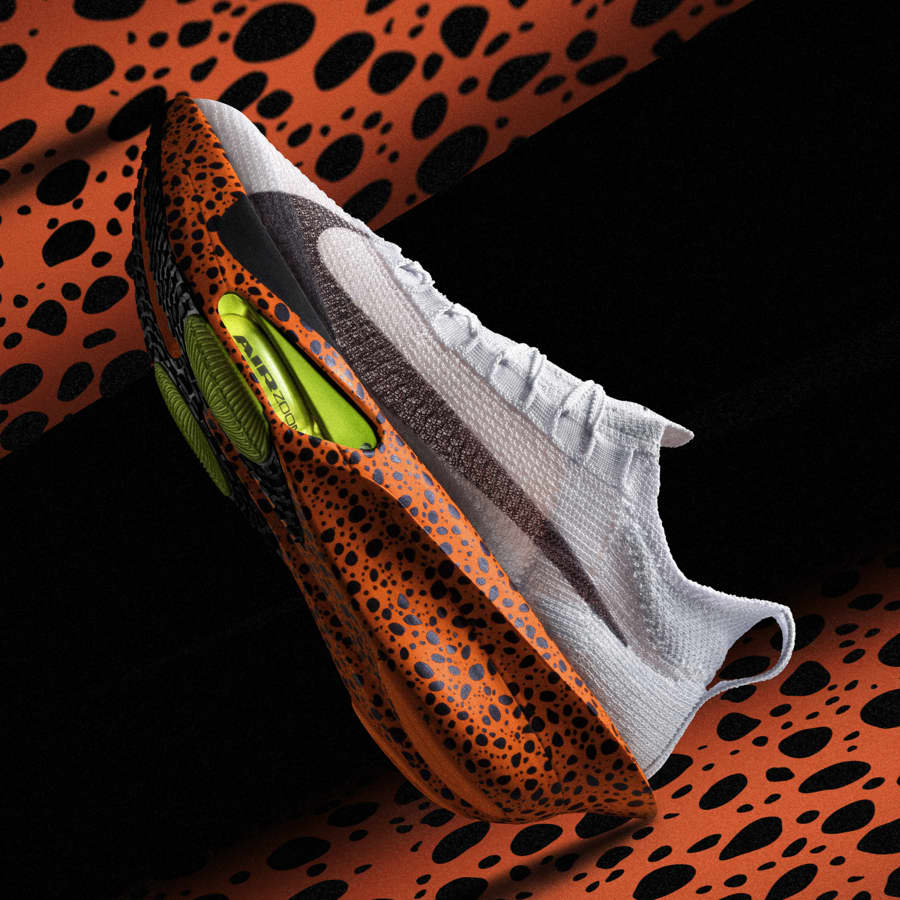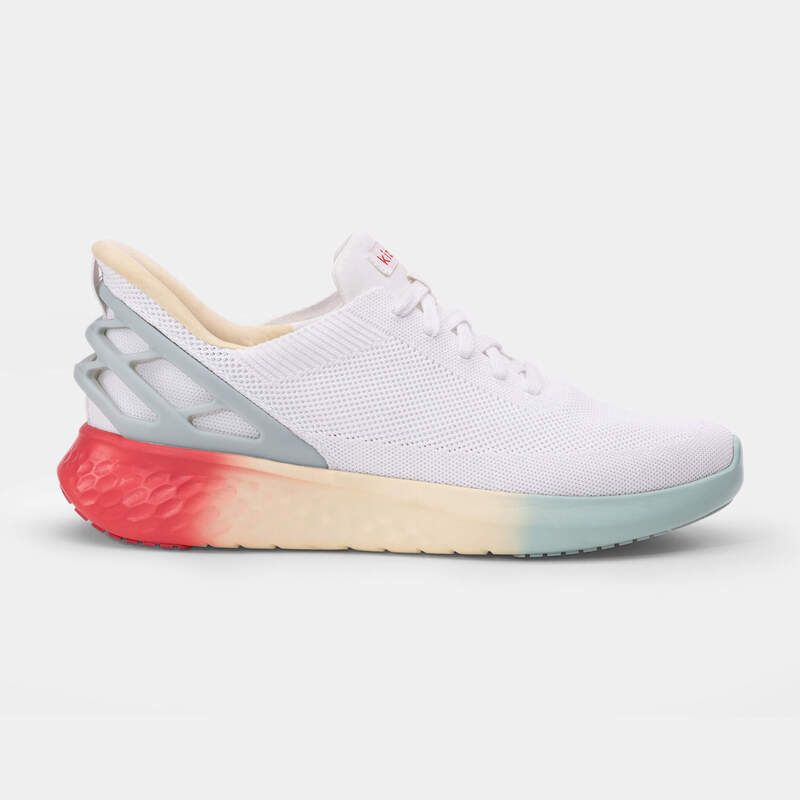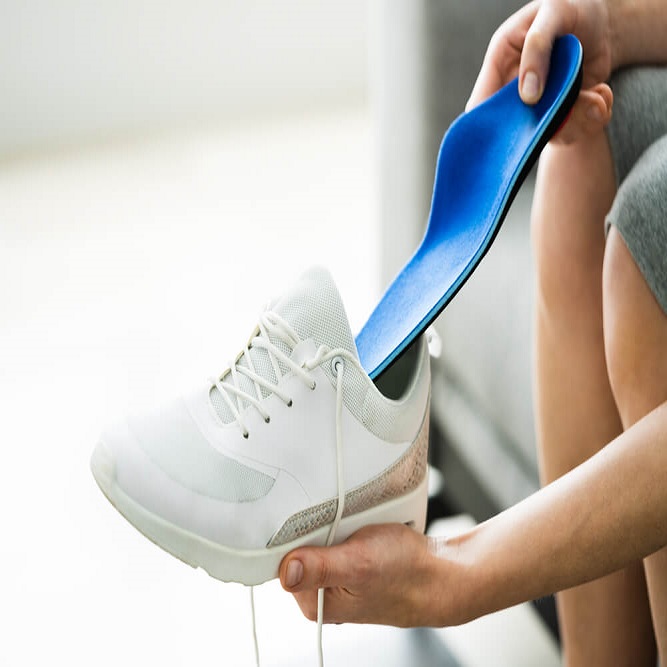Designing shoes is not merely a technical endeavor; it’s an art form. Innovators blend functionality with aesthetic beauty. This article will explore how to design shoes. Furthermore, we will discuss materials, styles, and the importance of sustainability. Understanding each element enhances creativity and ingenuity in design.
The Design Process
The design process involves multiple critical steps. Each step builds upon the previous one, forming a cohesive structure. Initially, establish a concept that captures the desired essence of the shoe. This concept should focus on the target audience. After this, you can begin sketching ideas to visualize your concept. At this stage, creativity flourishes, as each stroke represents potential innovation.
Market Research
Before diving into design, it’s crucial to conduct market research. Understanding current trends informs your design decisions. Identify what consumers look for in footwear, as preferences constantly evolve. Look at competitor products for inspiration and areas to improve. Additionally, identify gaps in the market that your design could fill.
Conceptualization and Sketching
Once you grasp market needs, conceptualization can begin. Sketching ideas allows designers to explore various forms and styles. Use different angles to find the most appealing shapes. Don’t be afraid to experiment; creativity thrives in exploration. Using digital tools for sketching can make this step more efficient. Software programs allow for quick modifications and refinements.

Materials and Construction
Materials play a vital role in any design of shoes. The choice influences durability, comfort, and overall appeal. Understanding various materials is essential for effective design. Invest time in researching different types of fabrics, leathers, and synthetic materials. Each material has unique properties that suit specific purposes.
Selecting the Right Materials
When selecting materials, consider sustainability options. Consumers increasingly value environmentally friendly choices. Sustainable materials often have lower ecological footprints. Look for recycled or biodegradable options to satisfy eco-conscious consumers. However, functionality should not be compromised in the pursuit of sustainability. Balance is key in material selection.
Understanding Construction Techniques
In addition to materials, understanding construction techniques is vital. Different techniques affect the shoe’s durability and comfort level. For example, Goodyear welt construction enhances longevity. Conversely, cement construction offers lightweight and flexible options. Analyze the intended use of the shoe, as it will guide your construction choices. Taking these factors into account ensures a well-crafted final product.
Style and Trends
Design shoes requires a keen sense of style. Keeping up with current fashion trends is essential for success. Trends fluctuate based on various influences like culture and technology. Stay informed by following influential designers and brands, as well as trending social media. This awareness cultivates a strong design perspective, allowing ideas to evolve.
Classic Styles
While trends change, some styles remain timeless. Classic designs often embody simplicity and elegance. For example, the Oxford shoe and the ballet flat have retained their popularity. These styles can be reimagined in various materials and colors. This versatility opens up numerous design possibilities.
Incorporating Modern Elements
To appeal to contemporary audiences, consider incorporating modern elements. These elements may involve unique color palettes or innovative designs. Think of bold patterns and textures that stand out. Unique features can elevate a traditional design, attracting a broader audience. Creativity and innovation are vital in creating memorable, stylish shoes.

Functional Aspects
While aesthetics are essential, functionality is paramount. Shoes must serve a purpose that goes beyond mere visual appeal. Comfort, support, and durability are critical components in design of shoes. Understand the intended use to ensure the shoe meets functional requirements.
Comfort and Fit
It’s vital to prioritize comfort in shoe design. A shoe that doesn’t fit well will not be worn. Use cushioning materials to enhance foot comfort. Additionally, ensure that the shoe offers proper arch support. Following ergonomic principles helps create a comfortable fit. Think about incorporating adjustable features for customizability.
Performance Considerations
For athletic shoes, performance features are non-negotiable. These shoes must support agility and stamina. Breathable materials help keep feet cool during intense activities. Furthermore, traction is critical for various sports. Different sole materials can improve grip and stability. Understanding the athletic needs of your target consumer guides your design.
Sustainability in Shoe Design
Sustainability is more than a trend; it’s a necessity. Modern consumers demand eco-friendly options. By adopting sustainable practices, designers contribute to a healthier planet. This section will explore sustainable materials and manufacturing processes.
Eco-Friendly Materials
The selection of eco-friendly materials is an essential consideration. Organic cotton, bamboo, and recycled plastics can replace traditional options. These materials often have reduced environmental impacts. Moreover, incorporating them enhances your brand’s image. It demonstrates a commitment to sustainability that resonates with consumers.
Sustainable Manufacturing Practices
Beyond materials, manufacturing practices also play a role in sustainability. Establish partnerships with manufacturers committed to responsible practices. Fair labor and minimal waste are crucial factors to assess. Utilize technology to streamline processes and reduce resource consumption. Implementing these strategies in your design process reinforces your commitment to the environment.
Marketing and Branding
Once the shoe is designed, effective marketing is key to its success. Building a strong brand helps differentiate your product in a competitive market. Understanding your target demographic informs your marketing strategies. This section will provide insights into building a successful marketing campaign.
Creating a Unique Brand Identity
Developing a unique brand identity is crucial. Consistency in design, messaging, and values distinguishes your brand. Create a logo and branding elements that resonate with your target audience. Consider your brand’s voice and how it communicates with consumers. Establishing a strong identity fosters brand loyalty over time.
Utilizing Social Media
In today’s digital age, social media platforms are invaluable. They provide an outlet for showcasing designs to a broad audience. Share high-quality images and engaging content that highlights your design journey. Collaborate with influencers to reach potential consumers effectively. Engaging with your audience creates a sense of community around your brand.
Prototyping and Testing
Creating prototypes is essential in the shoe design process. This allows for tangible evaluation of your design. A prototype gives you insight into fit, comfort, and aesthetics. Testing multiple iterations ensures you create a successful product.
Creating Prototypes
Begin with initial prototypes made from inexpensive materials. This step allows for quick modifications and cost-effective adjustments. Once your design is refined, produce higher-quality prototypes for testing. Make sure to consider various size and fit options in this phase. The more iterations, the better the final design will be.
User Testing
Gather feedback from users to identify potential issues. Invite individuals to wear prototypes and provide insights. Focus on comfort, fit, and aesthetic appeal. Constructive criticism from real users can guide final adjustments. Remember, the goal is to create shoes that people love to wear.

Launching Your Shoe Design
Finally, once you’ve honed your design of shoes, it’s time for the launch. A well-planned launch strategy increases visibility and sales potential. Carefully consider the timing, location, and marketing approach for your launch. Effective execution can create a buzz around your product.
Timing and Promotion
Select a launch date that aligns with market trends and consumer interests. Promote your shoe design leading up to the launch date. Tease the features and unique aspects that set your design apart. Utilize email marketing, social media, and events to build excitement.
Event Launch
Consider hosting a launch event. An event allows consumers to experience your brand firsthand. Showcase your shoes through engaging displays and demonstrations. Offer exclusive discounts or giveaways to draw consumers in. Networking opportunities at these events can foster valuable connections.
Conclusion
Designing shoes is a multifaceted journey. It demands a blend of creativity and practicality. From materials to marketing, each element interconnects to craft the final product. By understanding the intricacies of shoe design, you can turn your visions into reality. Embrace innovation and sustainability in your designs for long-term success. The world of footwear is ever-evolving, and you’re at the forefront of this exciting industry.



